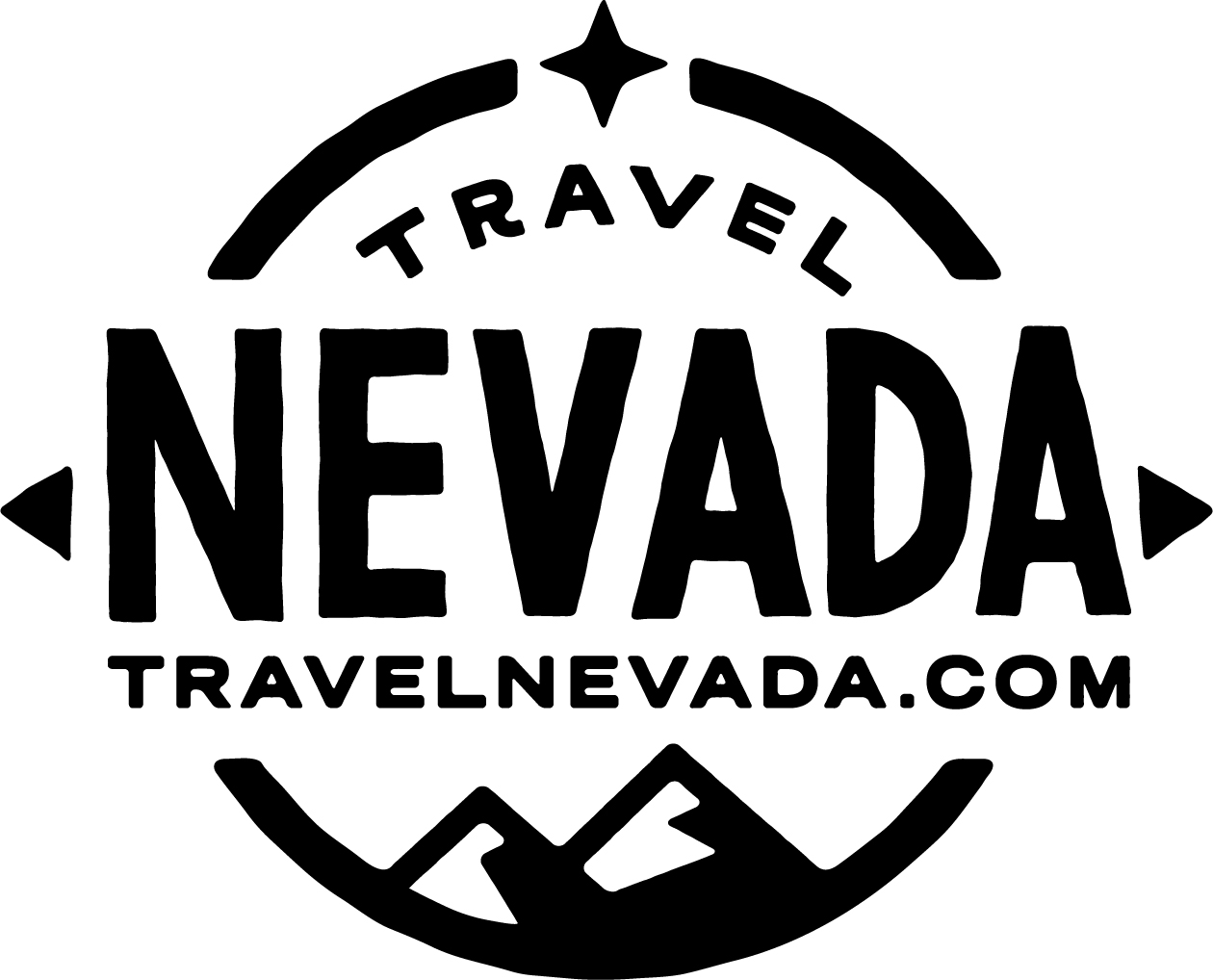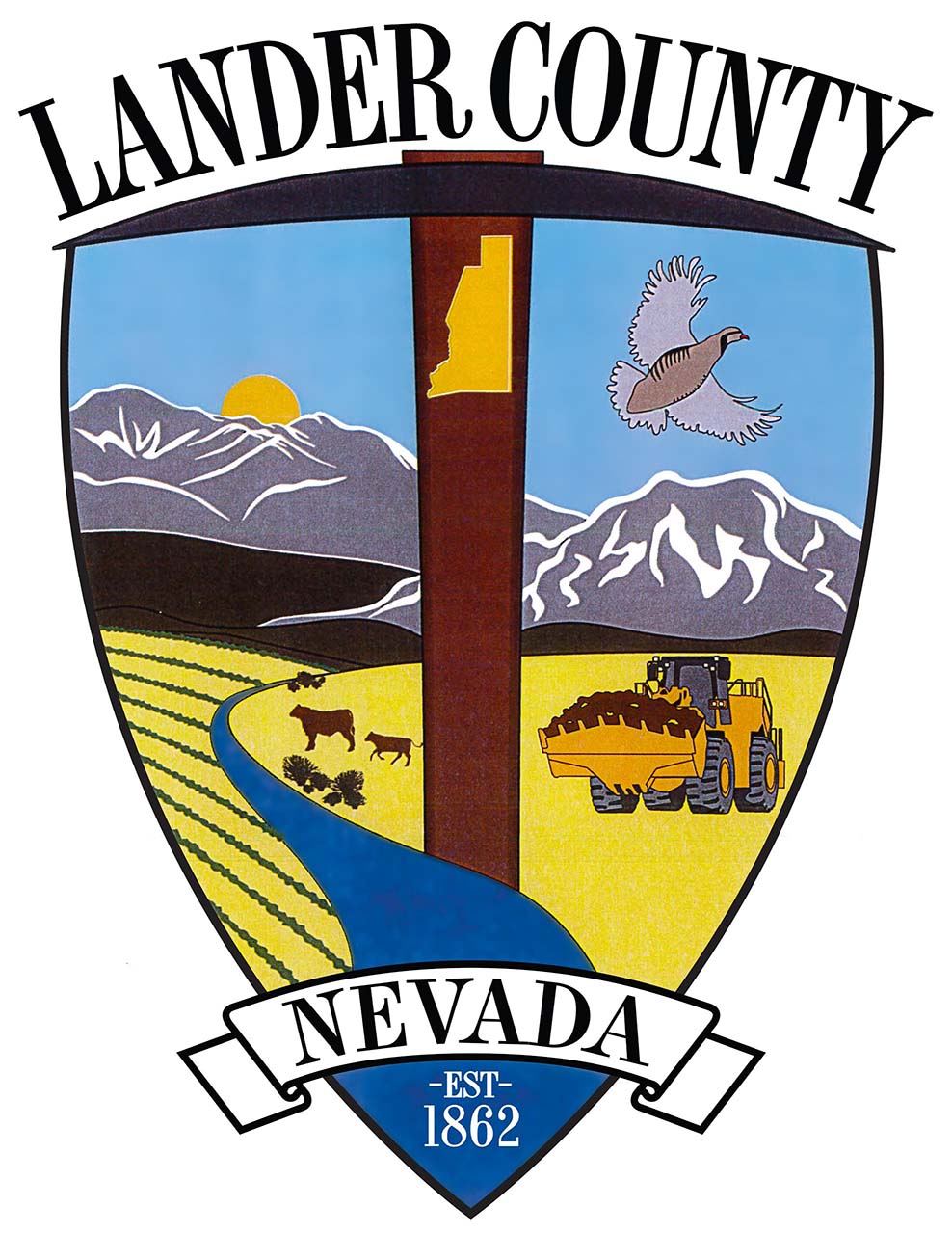Follow Us x
Hunting
Central Nevada is a hunter's paradise, with a variety of options on where and what to hunt. Hunting in wilderness areas or other federal lands is regulated locally by the Nevada Division of Wildlife. There are also several licensed local guides/outfitters who can help you. Contact the Nevada Division of Wildlife for more information or to request application forms and full descriptions of regulations. The following information is a summary of those regulations for your convenience.
General Nevada Hunting Information
A person is considered to be a resident of Nevada if he has resided in Nevada for at least 6 months and did not purchase or apply for any resident license, tag or permit to hunt, fish or trap in another state, country or province. Senior Licenses require five years of continuous Nevada residency.
Hunters born after Jan. 1, 1960 are required to show a Hunter Safety card when purchasing a hunting license. This applies to both resident and non-resident hunters. Hunter safety cards issued by wildlife agencies in all U.S. states and Canadian provinces; or a hunting license issued in the previous year by the Division, a state or an agency of a Canadian province, which bears a number or other unique mark evidencing successful completion of a hunter safety course are acceptable as proof of completion of an approved Hunter Safety course. NRA and bow hunter cards do not meet this requirement.
Resident hunters must purchase a hunting license before applying for a big game hunting tag. Non-residents submit funds for their hunting license at the time they apply for big game tags. Hunting and fishing licenses may be purchased at most Nevada sporting goods stores, bait and tackle shops and NDOW regional offices. Hunting and fishing licenses are not available via this web site. Resident adult hunting licenses are $24.00, non-resident are $111.00.
Big Game Hunting
Big game hunting tags for both residents and non-residents are issued through a computerized drawing process. There is a $10.00 non-refundable application fee for all big game hunts, except Rocky Mountain elk, which is $15.00. Hunters who do not draw tags will receive full refunds, excluding the non-refundable application fees.
Resident and non-resident hunting tags are issued for mule deer, pronghorn antelope, Rocky Mountain elk, desert (Nelson) bighorn sheep and California bighorn sheep. Resident tags only for Rocky Mountain Bighorn Sheep and Rocky Mountain goat. Rifle, muzzleloader and archery tags are issued for mule deer for both resident and non-resident hunts. Archery and rifle tags are issued for resident and non-resident buck antelope hunts. Special either-sex mule deer hunts for resident juniors. Tags are issued for non-resident guided mule deer hunts.
Applications for deer and other big game tags are typically available by mid-March, and deadlines are mid-April. Tag draw results will be available on June 8, 2001. A second drawing is held for tags that remain following the first drawing.
Furbearer Hunting and Trapping
The following furbearers are hunted or trapped in Nevada: beaver, mink, muskrat, otter, kit fox, red fox, gray fox, and bobcat. Some special trapping regulations are in effect, please contact a local outfitter or guide or refer to the Nevada Department of Wildlife.
Hunting hours for upland game birds and rabbits are sunrise to sunset except as noted. Hunters need to have a valid Nevada hunting license to hunt upland game birds and rabbits in Nevada. No special use stamps are required. Hunters are required to have a "HIP" number written on their hunting license when hunting for doves and other migratory birds (waterfowl). To obtain a "HIP" number, call 1-800-WETLAND. Regulations pertaining to upland game species are included in the 2000 Nevada Hunt Book, pages 30-31, titled Small Game/Upland Game Laws & Regulations.
Waterfowl Hunting
Waterfowl seasons will be established at the July 27-28, 2001 Wildlife Commission meeting. All waterfowl hunters are required to have federal and state waterfowl hunting stamps. Nontoxic shot is required. Shotguns must be plugged to limit overall shell capacity to three. Waterfowl hunting is open to non-residents. Waterfowl hunting hours are one-half hour before sunrise to sunset. Waterfowl season and limit brochures will be available in mid-September at NDOW offices and license agents. Migratory game birds are ducks, mergansers, geese, swans, coots, moorhens, snipe and dove. Waterfowl general regulations are listed on pages 28 & 29 of the 2000 Nevada Hunt Book. *NOTE: Head or fully feathered wing must remain attached while in transit from the field for ducks, mergansers, coots and moorhens, snipe, geese and swans.
Migratory bird hunters 12 years or older who plan to hunt any kind of migratory bird - ducks, geese, swans, coot, dove, snipe, or gallinules -need to obtain a "HIP" (Harvest Information Program) number ANNUALLY prior to hunting migratory birds. The validation number is free and can be obtained by calling 1-800-938-5263. Hunters will be surveyed about past season success and will receive a "HIP" validation number which is to be written in a specially designated box on the hunting license. Be sure to purchase a hunting license before placing the call.
Contact NDOW for information on special licenses for juniors, seniors, servicemen, disabled veterans, etc.
Fishing
Area fishing is fun and relaxing, with little traffic and few people to interrupt your solitude. Many of the creeks have trout are planted in late April - beginning of May, weather and water permitting. The following descriptions are courtesy of the Humboldt-Toiyabe National Forest Service.
Monitor Range
• Mosquito Creek - Aptly named. Hatchery rainbow, brown and brook trout available. No facilities are provided.
• Barley Creek - Stocked rainbow trout. No developed facilities provided.
• Cottonwood Creek - Stocked rainbow trout. Anglers willing to hike a couple of miles up) Cottonwood will find good fishing for browns and brook trout. No developed facilities provided.
• Clear Creek - Wild rainbow trout. No developed facilities provided.
Toquima Range
• Pine Creek - Brown, brook and rainbow trout. No developed facilities provided.
• Barker Creek - Can be good, but not exceptional for wild rainbow trout and brook trout, developed facilities provided.
Toiyabe Range
• Upper and Lower Reese River - Brown, rainbow and brook trout.
• North and South Twin Rivers - Rainbow and brook trout.
• Peavine - Brook trout.


